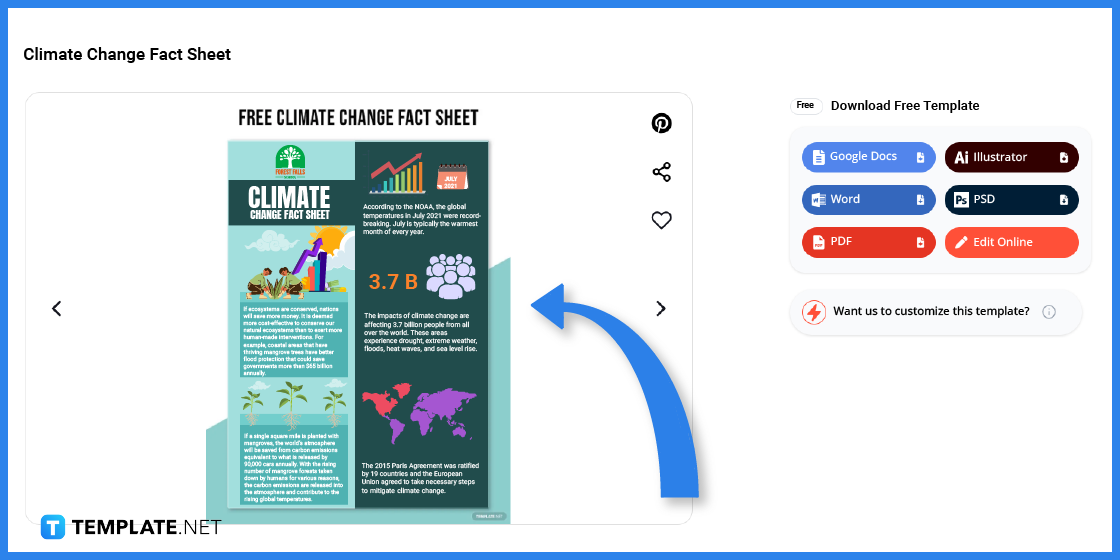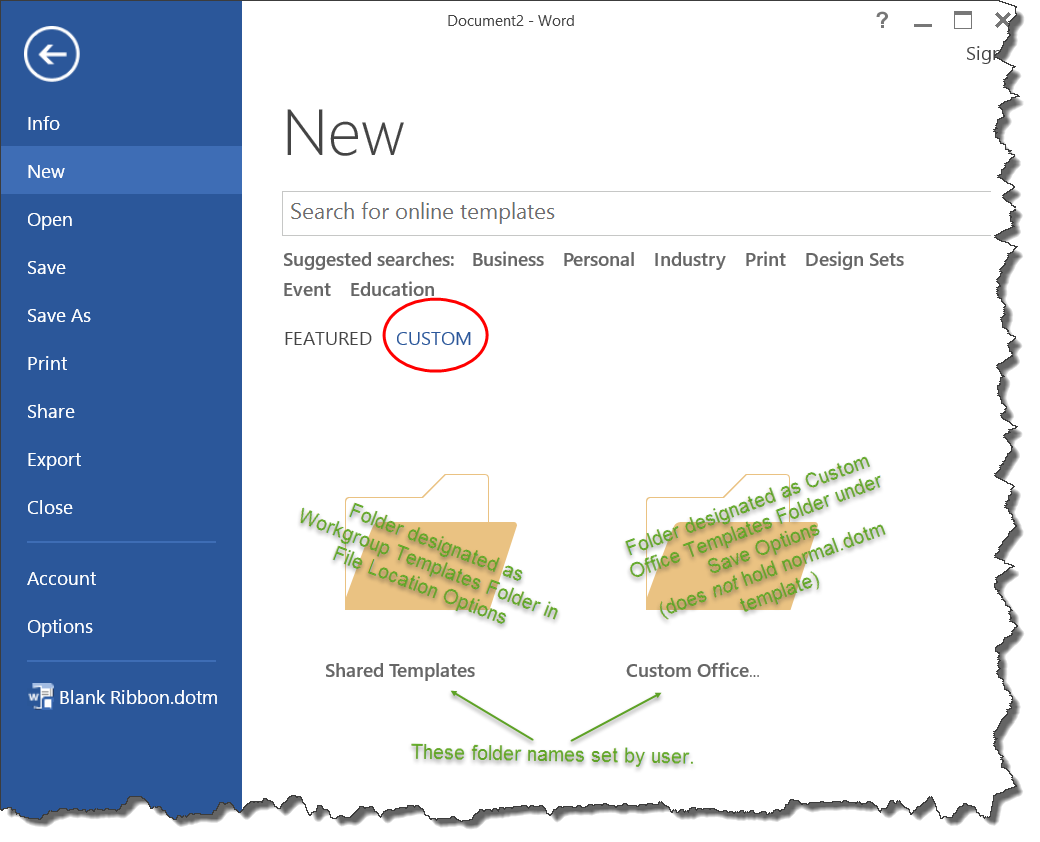
For example, something like C:\Templates\Word. For this reason, and to make locating and updating template files easier for everyone, I recommend changing this location to a standard location that all your authors use. Note: AppData is a folder that Windows hides unless you explicitly enable view of hidden folders. By default, Word 2016 saves template files in:Ĭ:\Users\user name\AppData\Roaming\Microsoft\Templates. The default location of your templates depends upon your version of Word and it can change whenever you upgrade your version of Word. The rest of this post explains how to define a location for your templates, how to create a template, how to access your templates, and how to apply a template to an existing document. When you select a template during new document creation, Word creates a doc file based on the dot/dotx/dotm template file.


Depending upon the version of Word you are using and whether the document contains macros, Word templates have the following extensions: It’s also important to understand where your templates are stored.įinally, Word templates have a different file extension than Word documents. For now, it’s important to understand that all documents are based on an underlying template and that you can create your own templates. That is something I will get into in later posts. It doesn’t go into detail about how to format the content that lives in your templates. This post focuses on the mechanics of creating and accessing templates. As long as the new template has the same style names, you can transform the document with just a couple of clicks by attaching the new template and selecting the option to update. This makes content reuse or content transformation very easy.įor example, say you have a user’s guide that is 8.5 x 11 and you want to change the guide to a new 7 x 5.5 format with completely different fonts, colors, and conventions. That is, if you use the same style names from one template to the next, you can quickly reformat text by applying a different template to an existing document. In addition to being the starting point for new documents, it’s worth noting that if structured properly, you can use a template to transform a document. Macros for automating repetitive tasks or transforming content.Document properties that can be used as variables to support content reuse and.Auto-text and building blocks for quick insertion of frequently reused content.



 0 kommentar(er)
0 kommentar(er)
